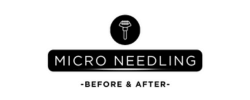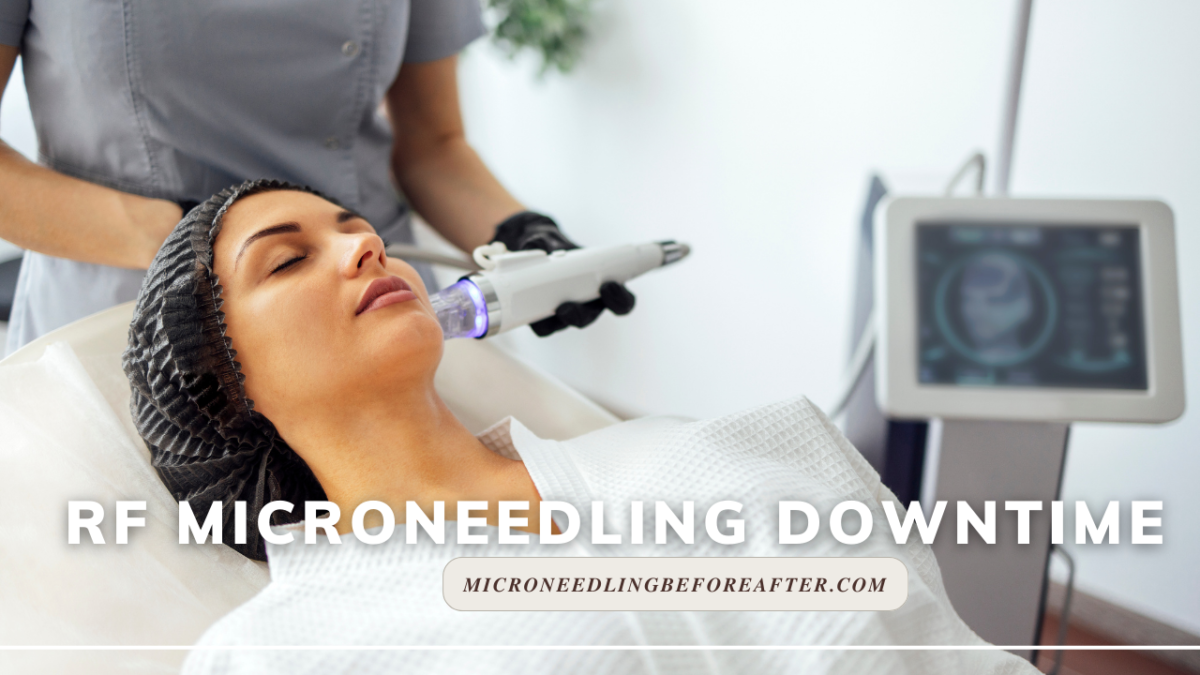Learn about the downtime associated with Rf Microneedling treatments. Understand factors, typical recovery periods & ways to manage downtime effectively.
Rf Microneedling Downtime
When it comes to undergoing rf microneedling treatments, one of the key factors to consider is the downtime associated with the procedure. Understanding how much downtime to expect can help you plan accordingly and ensure a smooth recovery process. In this article, I will discuss the typical rf microneedling downtime, factors that can affect it, and how to best manage and minimize it.
What is Rf Microneedling Downtime?
Rf microneedling, also known as radiofrequency microneedling, is a minimally invasive cosmetic procedure that utilizes a combination of microneedling and radiofrequency energy to target various skin concerns such as wrinkles, fine lines, acne scars, and uneven skin texture. Downtime refers to the period of time following the treatment when you may experience side effects such as redness, swelling, and skin sensitivity.
Understanding the expected downtime associated with rf microneedling can help you prepare for the recovery process and manage your expectations in terms of when you can resume your normal activities.
Factors That Can Affect Rf Microneedling Downtime
Several factors can influence the duration and severity of rf microneedling downtime. It’s important to consider these factors when planning for your procedure:
Treatment Intensity: The intensity of the rf microneedling treatment can affect the level of downtime you experience. Higher intensity treatments may result in more significant side effects and a longer recovery period.
Skin Sensitivity: Individuals with sensitive skin may experience more pronounced side effects and a longer downtime compared to those with less sensitive skin.
Skin Type: Different skin types react differently to rf microneedling treatments. Darker skin tones may be more prone to post-treatment hyperpigmentation, which can extend the downtime.
Preparation and aftercare: Proper preparation before the procedure and diligent aftercare following the treatment can help minimize downtime and promote faster healing.
Considering these factors can help you better understand how your individual characteristics and choices may impact the downtime associated with rf microneedling.
Typical Rf Microneedling Downtime
The typical downtime associated with rf microneedling can vary from person to person and depends on the factors mentioned above. In general, here is what you can expect in terms of downtime following the procedure:
Redness: Mild to moderate redness of the treated area is common immediately after rf microneedling and may persist for a few days.
Swelling: Swelling, particularly around the eyes and cheeks, may occur post-treatment and usually subsides within a few days.
Skin Sensitivity: The treated skin may feel sensitive, tight, or slightly uncomfortable for a few days following rf microneedling.
Peeling: Some individuals may experience mild peeling of the skin a few days after the treatment as the skin undergoes the healing process.
While these are general guidelines, your actual downtime may vary based on your unique characteristics and how well you follow the recommended aftercare instructions.
Managing Rf Microneedling Downtime
While some downtime is expected following rf microneedling, there are steps you can take to manage and minimize it:
Follow Aftercare Instructions: Be sure to carefully follow the post-treatment instructions provided by your skincare professional. This may include using specific skincare products, avoiding direct sunlight, and refraining from certain activities for a period of time.
Keep Skin Hydrated: Keeping your skin well-hydrated can help promote healing and reduce the appearance of dryness or peeling.
Avoid Harsh Products: During the downtime period, avoid using harsh skincare products or treatments that could irritate the skin or interfere with the healing process.
Protect Your Skin: Protect your skin from the sun by wearing a broad-spectrum sunscreen with SPF 30 or higher and avoiding prolonged sun exposure.
By following these tips and recommendations, you can help ensure a smooth recovery process and minimize the downtime associated with rf microneedling.
Conclusion
In conclusion, understanding rf microneedling downtime is an important aspect of preparing for and undergoing this popular cosmetic procedure. By considering factors that can affect the downtime, knowing what to expect in terms of typical recovery periods, and following recommended aftercare practices, you can help manage and minimize the downtime associated with rf microneedling.
If you are considering rf microneedling treatment, consulting with a qualified skincare professional can provide you with personalized advice and guidance on how to best prepare for and recover from the procedure. Remember that everyone’s skin is unique, and your individual characteristics may influence the duration and severity of downtime you experience. By being informed and proactive, you can enjoy the benefits of rf microneedling while minimizing any temporary side effects.

